HighlightsMarcel LeBrun built 99 tiny homes in Canada to combat homelessness.$4 million was invested in creating the ‘12 Neighbours’ micro home community.The project received $12 million in government grants for expansion.Tiny homes include a kitchen, bedroom, bathroom, porch, and solar panels.
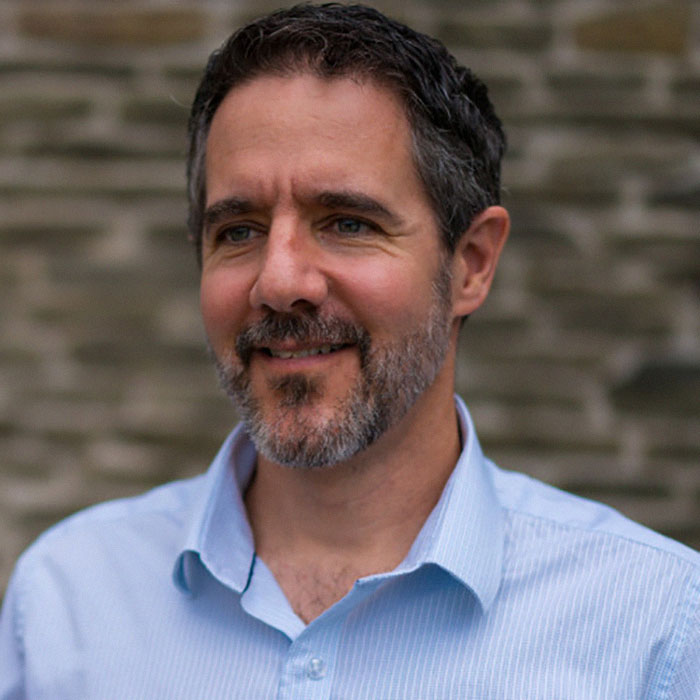
Image credits:Marcel LeBrun
After selling his company for a substantial eight-figure sum, he consciously chose to allocate a portion of his wealth towards focusing on this pressing community concern.
In an effort to resolve the problem, Marcel allocated $4 million towards the development of what he refers to as the “12 Neighbours” which has been described as a “dignified micro home community”.
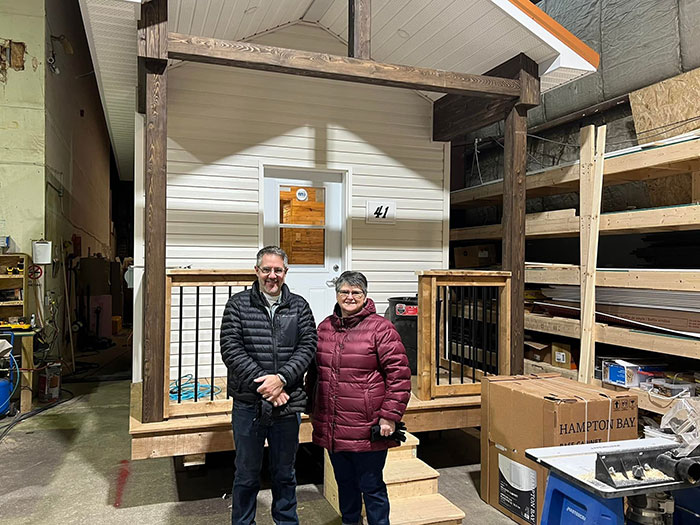
Image credits:marcelebrun
Having made substantial progress toward his goal of establishing 99 homes to combat homelessness, the 12 Neighbours community has also successfully obtained $12 million in government grants to facilitate the expansion of the project.
Marcel LeBrun sold his company for a substantial eight-figure sum

In a conversation with the Canadian broadcaster, Marcel elaborated on his motivation for this endeavor, shedding light on assembling the homes in a warehouse before placing them atop concrete blocks that serve as the building’s base.
“I see myself as a community builder, and really what we’re doing here is not just building a little community, but we’re building a community in a city, like how do we help our city be better?” he explained.
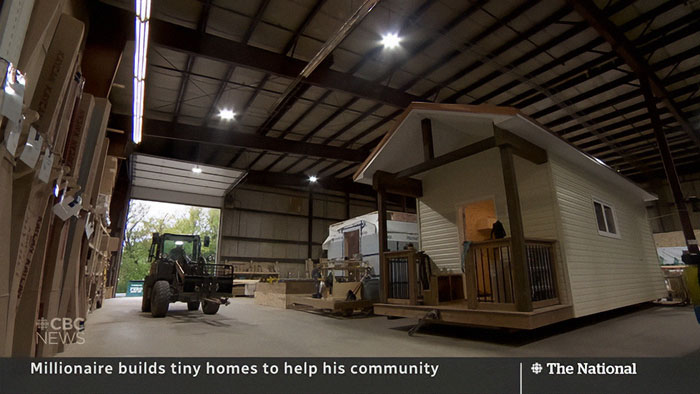
Image credits:CBC News: The National
LeBrun invested $4 million in developing what he refers to as the “12 Neighbours” gated community
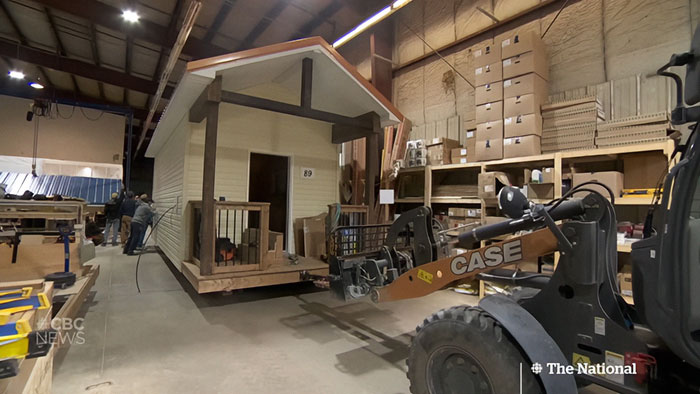
In addition to the 99 homes, there have been ambitious plans for a community center, which will be managed as a resident-run business, featuring amenities such as coffee shops.
Moreover, the project has been envisioning a “teaching kitchen” and a silk printing business, where people can find employment opportunities.
The overarching goal has been to create a space that draws people from the wider community for a cup of coffee or to utilize the printing services.
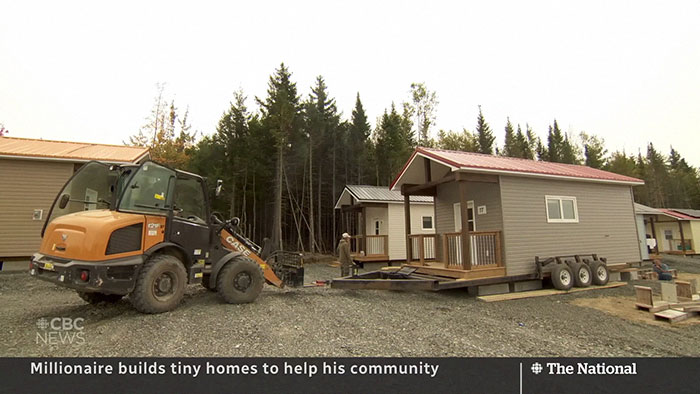
In recent years, as housing expenses have continued to soar, the concept of tiny homes has been gaining momentum as a potential remedy for homelessness, not only in Canada but also across the US.
Last month, the Governor of California, Gavin Newsom, unveiled his plan to position 300 tiny homes in Sacramento within the confines of an abandoned office park and the state fairgrounds.

According toUSA Today News, an additional 900 tiny homes were slated for placement on a designated piece of land in San Jose, as well as at yet-to-be-determined sites in Los Angeles and San Diego.
This visionary plan, which was initially disclosed in March, introduces structures that measure approximately 100 square feet, representing one of the most recent solutions to address the ongoing homeless crisis plaguing the US.
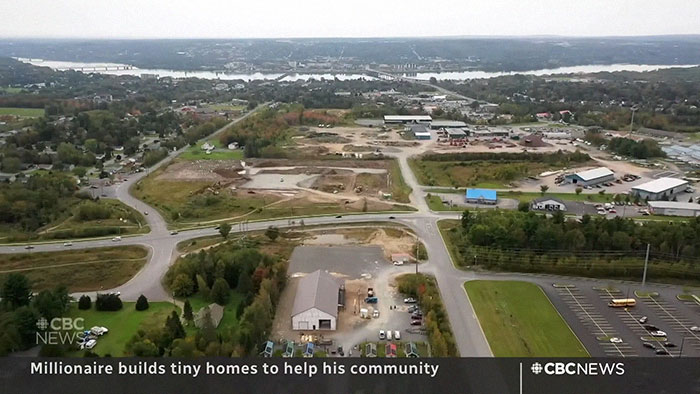
Across the nation, local leaders have been grappling with the challenge of providing tens of thousands of homeless individuals with refuge, whether in homeless shelters, temporary hotel accommodations, or apartments funded through government vouchers.
However, the issue has been staggering in scope, with more than 580,000 Americans lacking adequate shelter, and roughly one-third of them residing in California.
The 12 Neighbours is a “dignified micro home community”
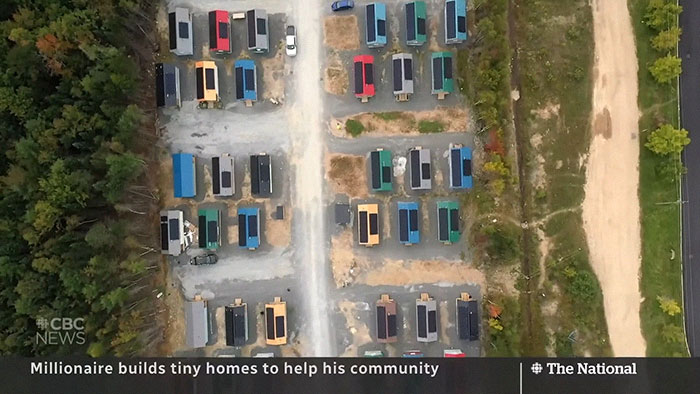
In the city of Angels, a substantial number of people experiencing homelessness have transitioned from the streets to tiny homes as a component of Mayor Karen Bass’ recent housing initiative.
They have expressed reluctance due to the requirement of surrendering personal belongings, such as tents, prior to their relocation to a tiny home community.
“They call it housing pretty confidently, but once people are put into tiny homes, there aren’t many services that are being offered,” Carla said.
“They’re kind of being put in a waiting room,” she added.
The benevolent man believes that having a property will give people a sense of responsibility
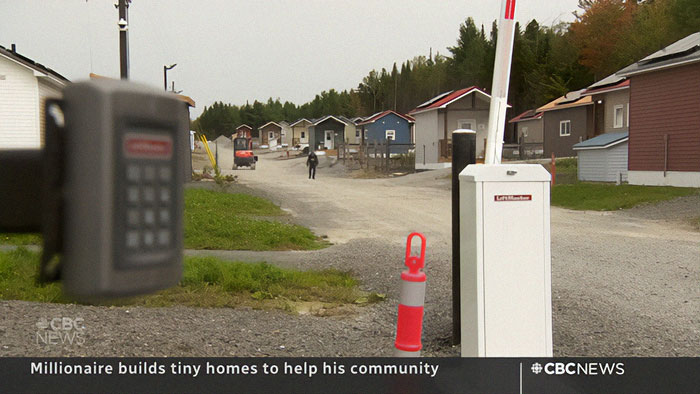
Additionally, the research also showed that people who lived in another tiny home area in Santa Clara County also failed to find permanent housing more than half of the time.
But tiny homes work better than traditional homeless shelters, the paper states.
“We’re building a community in a city,” Marcel said
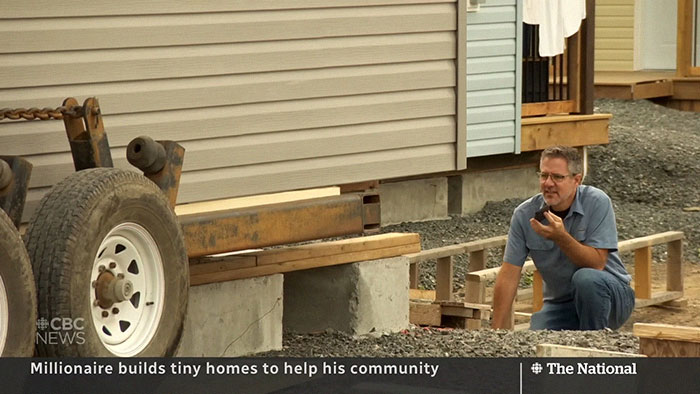
Residences at the most sizable dorm-style homeless shelters in these two counties frequently did not result in the attainment of permanent housing between 84% and 98% of the time.
While tiny homes generally provide a broader array of services compared to other shelter options, this enhanced level of support also comes at a substantially higher operational cost.
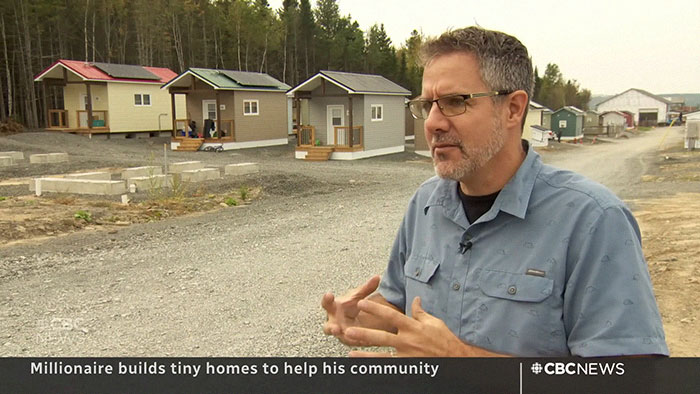
Data has indicated that there are several strategies that tiny home programs can employ to increase their chances of achieving success, albeit at an elevated cost.
These strategies include establishing connections between residents and case workers and providing residents with access to private bathrooms.
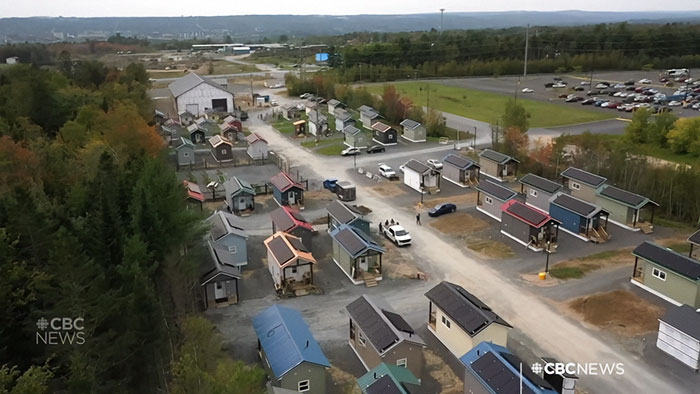
You can watch Marcel’s interview below:
Providing individuals with a greater timeframe to regain stability can also have a positive impact, as participants who extend their stay beyond six months demonstrate higher probabilities of transitioning into permanent housing.
Nevertheless, the majority of tiny home programs are structured with accommodations for stays lasting only between two to six months.
Many people admired Marcel’s generosity and “ethical use of wealth”










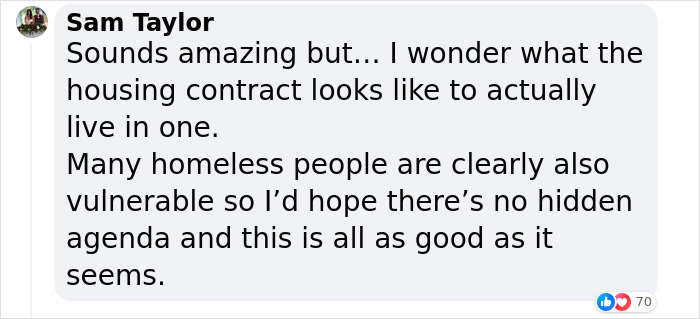



Thanks! Check out the results:You May LikeGene Hackman Likely Spent A Week Unaware Of Wife’s Passing Before He Also Passed Away, Police RevealRenan DuarteHusband Defends “Incredible Mother” Who Shot Her Four Daughters And Then Herself: “Sick And Wrong"Lei RVPassengers Upset After Plane Makes Emergency Landing Due To “Serious Medical” Crisis On BoardKarina Babenok
Renan Duarte
Lei RV
Karina Babenok
News